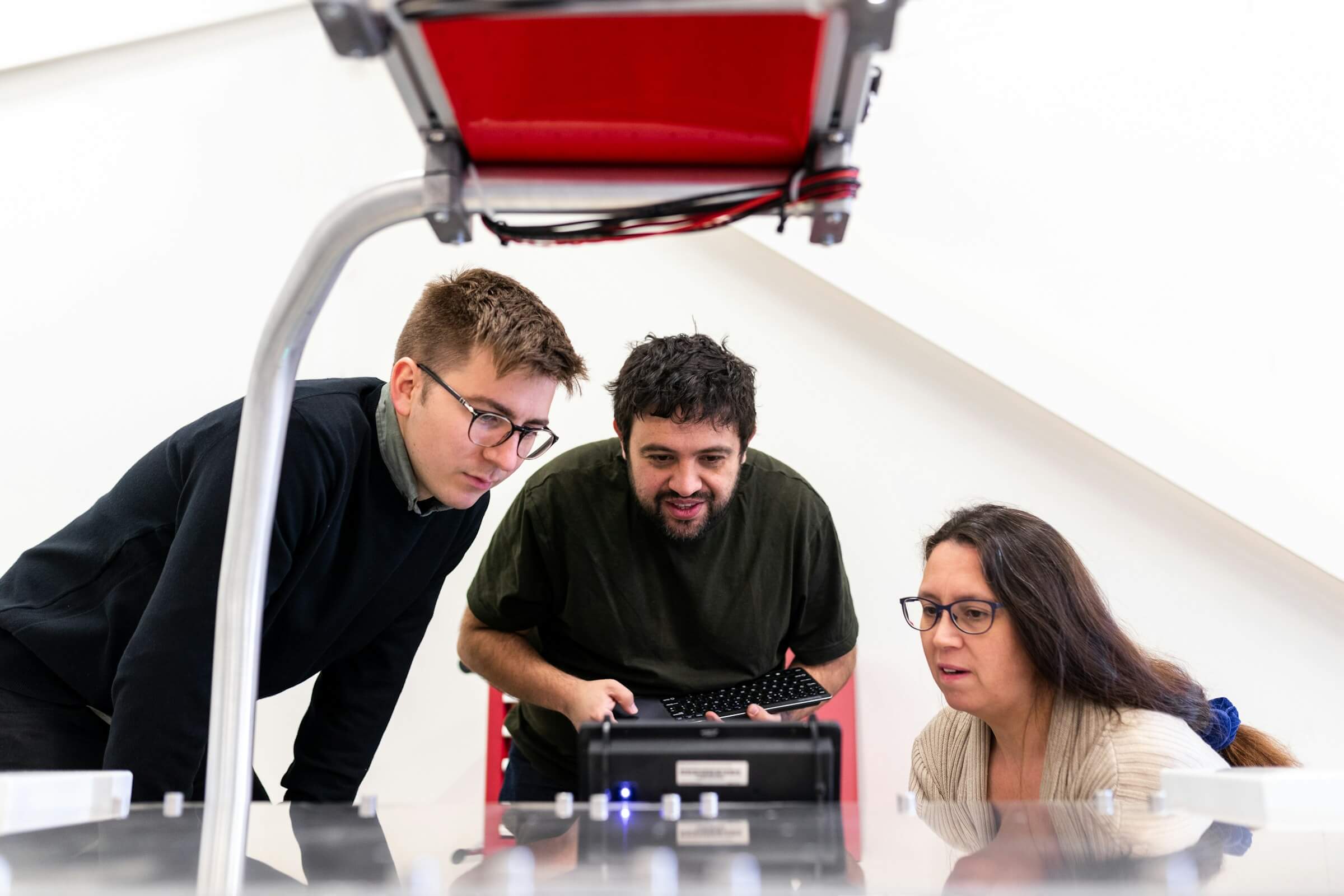Discover how leading teams turn A/B testing into an everyday habit by moving from gut feelings to data-driven decisions, creating feedback loops, and making experimentation a shared responsibility across marketing and product.

In fast-moving teams, new ideas come easily. Everyone has a hunch, a strategy, or a spark they believe will make a difference. But ideas alone don’t drive growth. To build lasting impact, teams need to know what actually works.
This is where A/B testing in marketing comes in!
We know, winners don’t do different things - they do things differently. The highest-performing teams don’t test occasionally, they make experimentation part of their everyday decision-making. From marketing campaigns and product launches to design updates and feature rollouts, testing becomes how they work, not just a tactic that is used occasionally.
In this article, we will discuss how teams can use testing every day. Read on to find out.
A true testing culture is about more than running tests or checking dashboards. It is rather determined by how your team thinks and makes decisions. Adopting regular experimentation may be considered a shift in mindset, from assuming to discovering, from debating to validating.
Teams often ask questions like “What if we’re wrong? What would happen if we tried something else? How can we know for sure?”
When experimentation becomes an inherent part of your functioning:
Teams that work this way are faster to adapt. They are more aligned towards their goals and more confident in what they’re building.

A/B testing in marketing replaces guesswork with clarity and provides a clearer picture. Wondering where to start? Consider the following scenarios:
It would be best if the answers to all these questions are not simply based on gut feeling, but backed by robust evidence.
Listed below are some examples of A/B testing applications:

Running a test is only the beginning- but it's not enough!
A test does not have a real impact unless the results are shared and acted on. The valuable insights derived from a test often get stuck in a spreadsheet or tucked away in a team folder. This way, the organization loses the opportunity to learn collectively.
A single test might help one team, but a shared insight can help many. To build a strong feedback loop, teams need visibility. This is especially valuable for teams practicing agile marketing, where data-informed iteration is critical.
Test results should be documented in a shared space so that they become easy to access and understand for the entire experimentation team.
Different teams bring different strengths to the table and contribute differently to the testing culture. Let’s have a look how:
Marketers: They spot opportunities, form hypotheses, and prioritize tests
Designers and writers: They craft compelling variants that respect both brand and performance
Data analysts: They ensure statistical rigor, monitor metrics, and help interpret results
Developers or engineers: They support test setup, logic, and tooling when needed
Product teams: They run UX or feature-based tests to improve user flows
When testing becomes a shared responsibility, it becomes more effective. When teams collaborate, it ensures that no good idea goes untested.
Even with the right tools and workflows, a testing culture won’t thrive without psychological safety. If teams feel punished for running a “failed” test, they’ll stop testing altogether, or worse, manipulate results to avoid scrutiny.
The most common blockers of testing culture are cultural. Let us know how:
A resilient testing culture doesn’t punish failed tests. Instead, it uses them as stepping stones toward smarter choices.
Experimentation does not limit itself to improving outcomes. Rather, it transforms how your team thinks, works, and learns. A strong culture of A/B testing in marketing leads to better decisions. When teams are aligned around evidence instead of opinions, growth becomes sustainable.
Willing to turn testing into a regular habit? With Optibase, build smarter experimentation workflows, track results, and scale learnings across the organization.
Start today!
The process testing culture in marketing involves always trying things out, learning what works, and using those insights to get better over time. When a team adopts a regular testing culture, it makes decisions based on real data instead of just guesses or gut feelings.
To ensure consistency in testing, start small and keep it simple. Run easy tests, share what you learn with the team, and encourage everyone to get involved. When people see the value and feel supported, testing becomes a natural part of how you work.
Tactical testing is like a quick experiment to solve a specific problem. Cultural testing is when trying new ideas and learning from results is part of a team’s everyday mindset and habits. It helps them make long-term decisions.